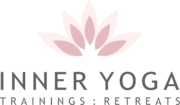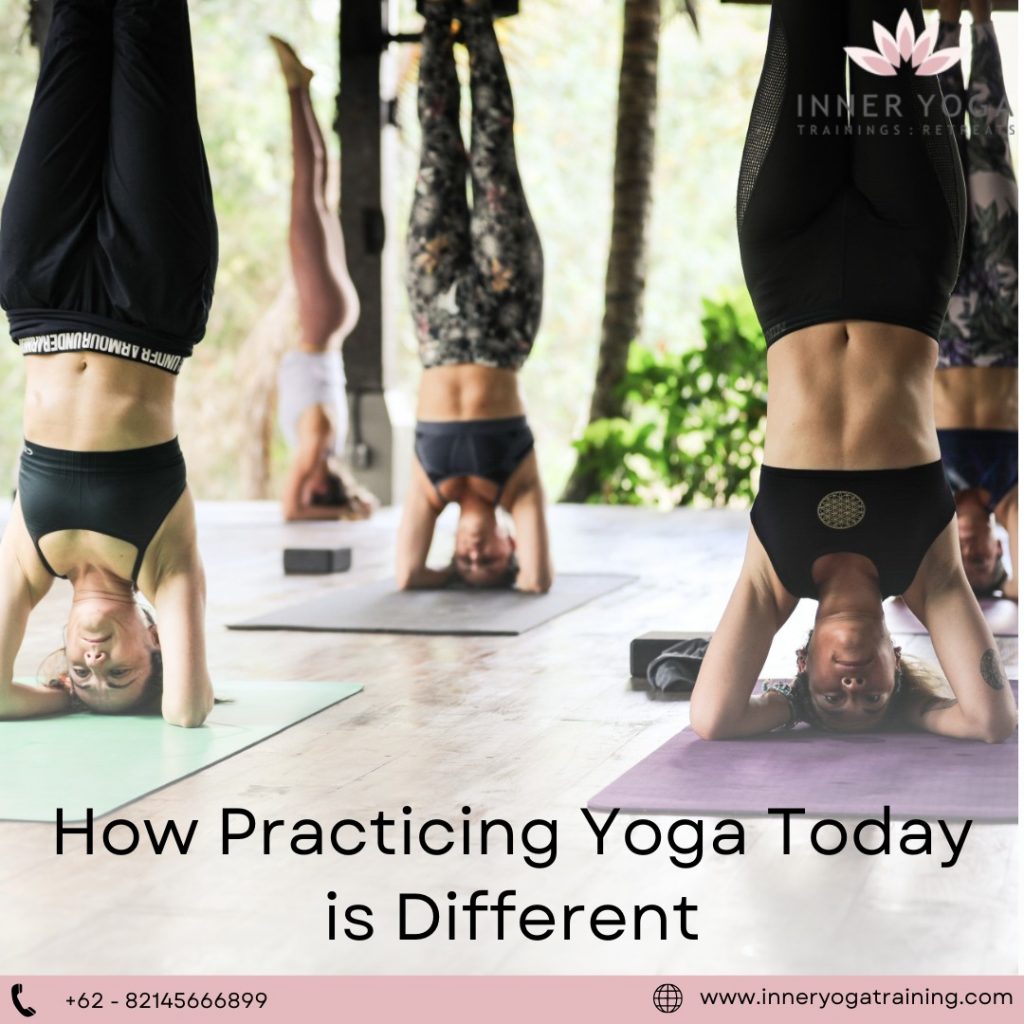Yoga originated in ancient India thousands of years ago. The word yoga is a Sanskrit word meaning “yug” – to yoke or unite. Though many people today consider yoga to be primarily a physical practice, its deeper purpose is a spiritual one intended to unite the Soul with Universal Consciousness.
Yoga is said to be as old as mankind. We find the oldest teachings of yoga in the Vedas, an ancient Hindu text meaning knowledge or wisdom. It is thought that these teachings emerged sometime between the first and second millennia BC up until the 6th century BC, in the countries we now know as India, Afghanistan and Pakistan. Indian sages believed that the Vedas came from the Cosmos not from human knowledge.
Vedanta is the essence of the Vedas and says that God dwells within our own hearts as the divine Self or Atman. The Atman (Soul) is never born nor will it ever die. It isn’t affected by the fluctuations of the body or mind. It is not subject to grief, despair, disease or ignorance. It is pure, perfect and free from limitations. Vedanta practices include prayer, worship, meditation, spiritual study and selfless service. It respects all spiritual traditions and religions and encourages us to learn from different teachers.
While the best yoga teacher training programs will go much more in-depth into the philosophy and history behind yoga, how did we get to the yoga practice that we practice today and see on Instagram? Vedanta doesn’t even mention a physical yoga practice!
It wasn’t until sometime between 400 BCE and 200AD that anyone attempted to capture yoga in a written text. Patanjali was a Sage who compiled the Yoga Sutras, which aimed to define classical yoga. Sutra means thread and the text consists of 196 succinct sentences that teachers could impart to students. He lays out three options to achieve the state of yoga – extreme, moderate and mild. The mild path is where we come closer to our modern physical yoga practice. It lays out an eight step path that include yamas and niyamas (ethical foundations of yoga practices), asana (physical postures), pranayama (breathing techniques), pratyahara (sense withdrawal), dharana (deep concentration), dhyana (meditation) and Samadhi (bliss).
Krishnamacharya is known as the Father of Modern Yoga. An Indian yoga teacher, scholar and Ayurveda healer, he contributed to the revival of Hatha yoga in the 1920s and cultivated postural yoga. It is widely accepted that he developed vinyasa yoga- linking breath with movement. The emphasis was on yoga as an exercise and yoga postures were mixed with gymnastics. As an Ayurveda healer and doctor, he was more interested in the physical benefits of the poses for his patients so the “religious” aspects of yoga were largely left out.
This approach took hold during the fitness craze in the US and UK. During the 1970s this version of yoga began to spread further in Western countries to the extent that yoga is now synonymous with the practice of physical postures usually in a studio setting. It became so popular that more teachers were needed and this demand gave rise to the 200 hour vinyasa yin yoga teacher training in Bali format that we know today. The best yoga teacher training in Bali, while teaching you the physical postures will also cover the history and philosophy of this ancient science.

